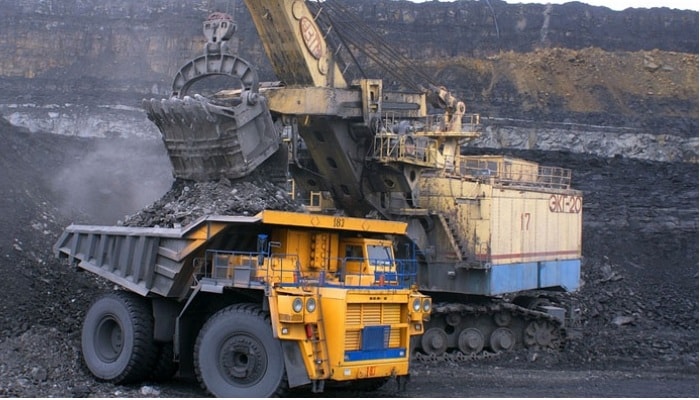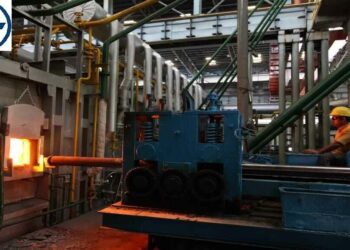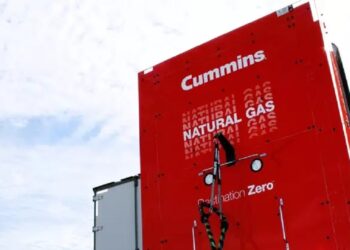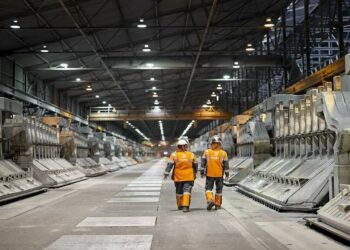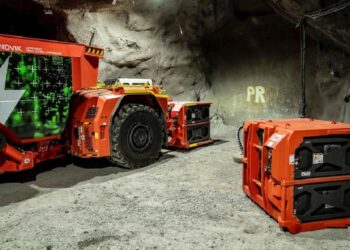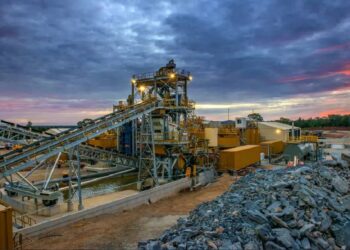A three-year collaborative project between Rio Tinto Iron Ore (RTIO) and Elastomers Australia has delivered a major improvement in fire mitigation to enhance safety and protection of assets at the miner Western Australia iron ore sites, the mining services specialist said.
The project involved developing and rolling out Elastomers Australia’s Armalast fire retardant screen media panels in relevant RTIO-owned and operated processing facilities.
The development of the fire-retardant panels occurred following root cause analysis activities after a fire at RTIO Cape Lambert ore processing and port facility in early 2019. The analysis highlighted the flammable nature of various materials including screen media panels when exposed to elevated temperature conditions and ignition sources, Elastomers Australia said.
This incident is one of several similar fires that have caused issues for other miners and mineral processing operators in recent years, particularly in the iron ore sector, it added.
Within months of the fire, RTIO and Elastomers Australia had worked together to develop and commence testing a series of fire-retardant rubber screen media products.
Elastomers Australia General Manager Business Solutions, Pat Caputo, says due to the high occurrence of consumable rubber and other flammable materials in processing plants, the risk of fire is always present.
“Operators are always conscious of managing the risks of ignition, but with so many moving parts and the need for hot works to be carried out within close proximity to flammable components, there is always some degree of risk,” Caputo said.
“So, as part of Rio Tinto risk mitigation, the company approached Elastomers Australia to develop a screen media product that would inhibit the spread of flames.”
It is not the first time manufacturers have tried to develop fire retardant rubber, but a persistent issue for screen media, and particularly that used for hard-rock processing such as iron ore, has been the impact on wear life and screening efficiency.
The fire retardancy of the Elastomers Australia products was quickly established, but other criteria had to be evaluated prior to rollout, including verifying performance and ensuring that no new risks – such as increased manual handling requirements – were introduced, according to Elastomers Australia.
Caputo said while the rollout was impacted to some degree by COVID restrictions, it was aligned with regular shutdown cycles to prevent any undue impact on planned production.
He added that Elastomers Australia had developed Armalast fire-retardant screen media for use in other mineral processing applications including gold, copper, nickel, coal and lithium operations.
“We typically develop customised screening solutions based on the unique ore properties of materials being mined from one site to another, which means we can formulate fire-retardant solutions to suit most dry screening applications where fire may pose a risk,” he said.



